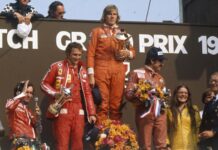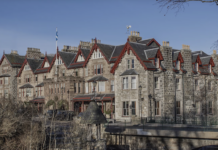When it came time for Jaguar to replace its immensely successful C-Type racing car, the Coventry firm understood its two-time Le Mans winner would be a tough act to follow. History has proven, however, that the C was simply the opening act.
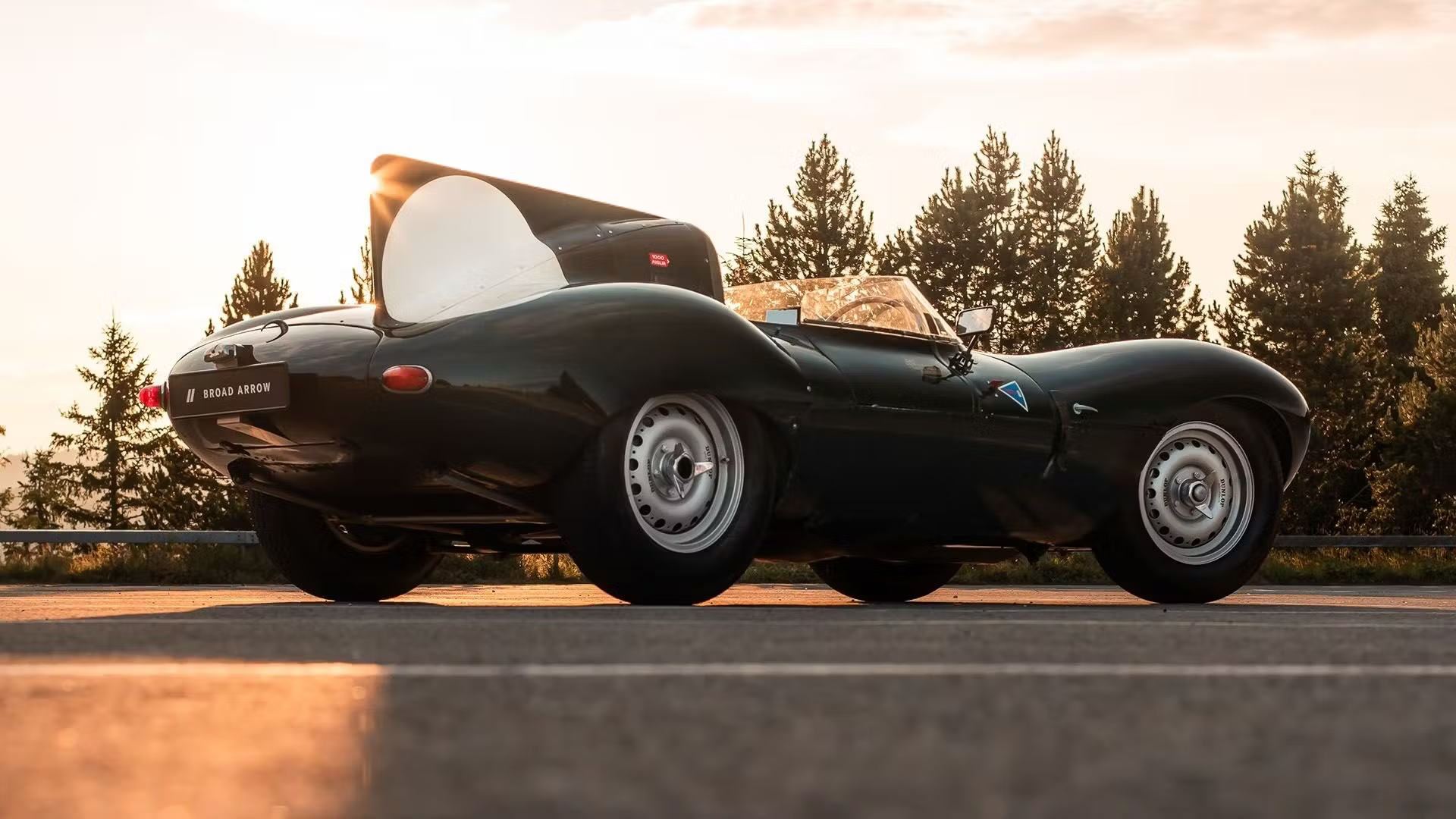
D-Types debuted at the famed French circuit in 1954, and though José Froilán González and Maurice Trintignant ultimately claimed victory in a Ferrari 375, the D-Type of Tony Rolt and Duncan Hamilton ran them ragged to the very end. The new Jags were competitive, yes, but they were beautiful, too.
“The Jaguars were indeed things of beauty to behold,” Motor Sport magazine reported in its race recap. “Their overall dimensions being reduced to an absolute minimum for a 3 1/2-litre car and the shape made every effort to reduce wind-drag, while the combination of small square tubing and aluminium panelling forming the chassis frame made for very light weight… The whole bearing of the new Jaguars was one of pure science, abstracting the maximum from the minimum, no detail that would make for speed and endurance being overlooked. Since their initial appearance the head fairing behind the cockpit had been given the addition of a tail fin, but the only reasonable excuse for this seemed to be that it presented the only flat surface on which to paint a racing number; however, it added to the general ‘projectile’ appearance of the car, which all went towards demoralising the opposition.”
Jaguar’s voluptuous projectiles made demoralization the name of the game throughout the mid-1950s, as they claimed outright wins at Le Mans in 1955, ’56, and ’57—both for the factory and for Scottish outfit Ecurie Ecosse—along with several more victories in competitions on both sides of the Atlantic.

Jaguar built 87 copies of the D-Type, each powered by an XK straight-six engine first of 3.4 liters and later 3.8. The exceptionally smooth mill made around 270 horsepower—enough to propel the cars to 170 mph down the long Mulsanne Straight. But it was simultaneously tame enough to run around town, and the factory supplemented its racing efforts by selling customer cars.
Following the factory’s exit from racing in 1956, several unsold cars remained, and so began a process to convert some of them, officially, to XKSS road-car specs, with full windscreens, a passenger door, bumpers, side-exhaust covers, cursory weather protection, and the removal of the center console divider, driver’s side headrest, and tailfin.
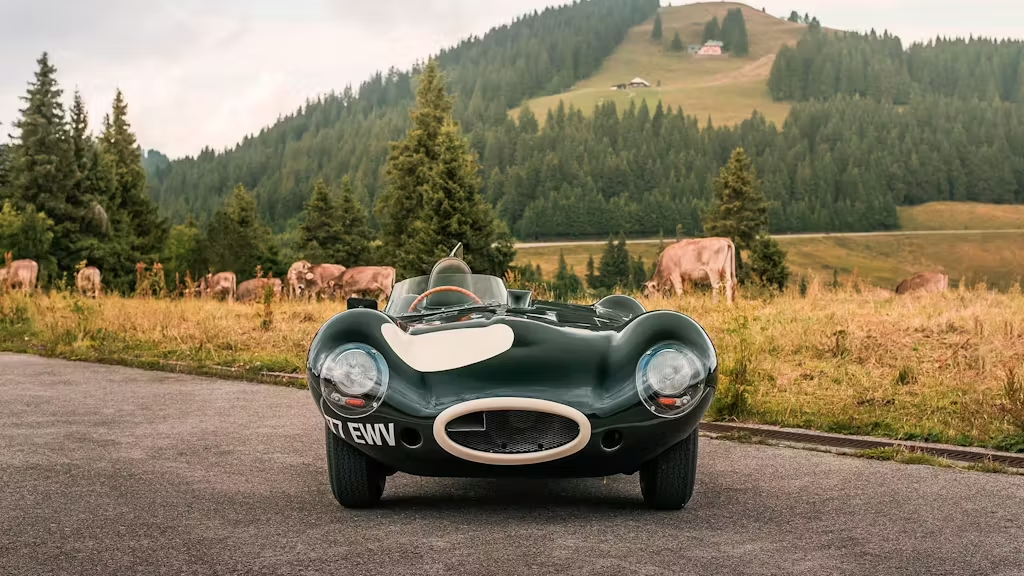
The D-Type featured here, s/n XKD 551, has lived a double life of sorts since it left Coventry in June 1956, and on November 1, at Broad Arrow’s Zürich Auction, it sold for CHF 5,181,250 ($6,426,594), against an estimate of CHF 5,250,000–6,250,000 ($6.5M–$7.8M).
Built in short-nose configuration (roughly 7.5 inches shorter than the long-nose variants) and finished in British Racing Green, XKD 551 went unsold for almost a year, before it was acquired by a Londoner named Giuseppe Sportoletti Baduel who had the D converted to semi-XKSS specs—although rather than deleting the driver’s headrest and fairing, he simply had one added for the passenger. As runabouts go, it really couldn’t get any better.
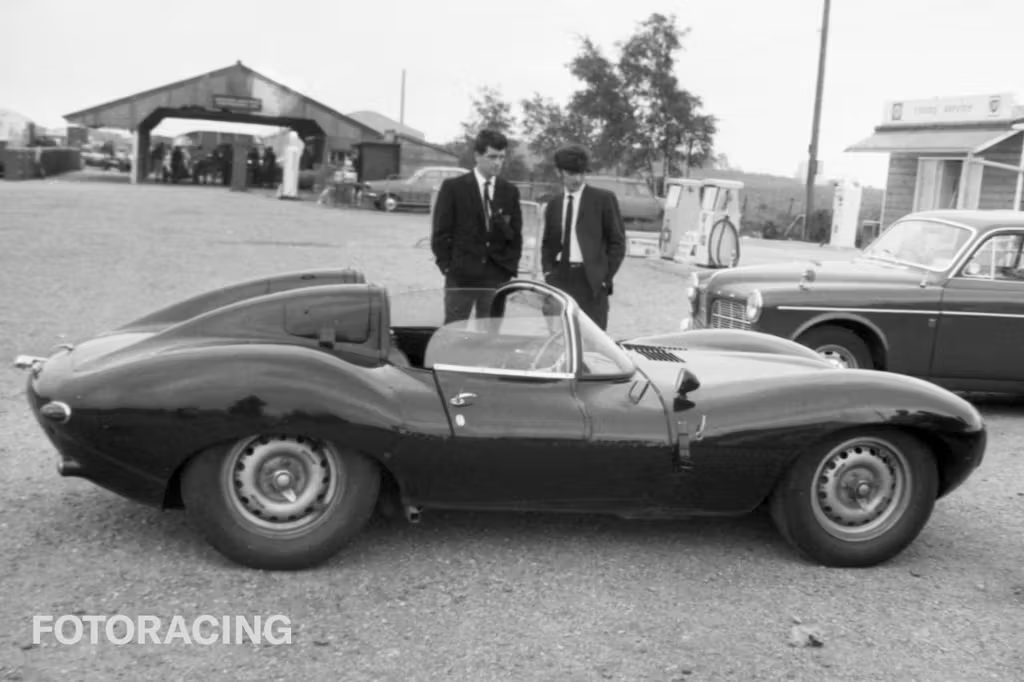

The car cycled through the hands of several noted owners throughout the 1960s, before landing in the hands of dentist and amateur racer Rupert Glydon, who removed its XKSS attributes to convert the D-Type back to a racier configuration, which included the addition of a tailfin. It appears to have been entered by a sequence of owners in a variety of historic races and vintage rallies over the next two decades, including the Mille Miglia Storica, before its purchase by the consignor in 1995.
Since then, XKD 551 has been properly maintained and has proven to be an exceptionally original example of Jaguar’s most famous sports racer. The catalog entry notes: “Vestiges of its period road-equipment modifications during Baduel’s tenure remain visible but sensitively reversed to factory configuration with minimal impact on the car’s originality.” The car has never been damaged, and it retains its original body, chassis, engine, and gearbox, with an odometer showing 19,570 miles—all believed to be correct.

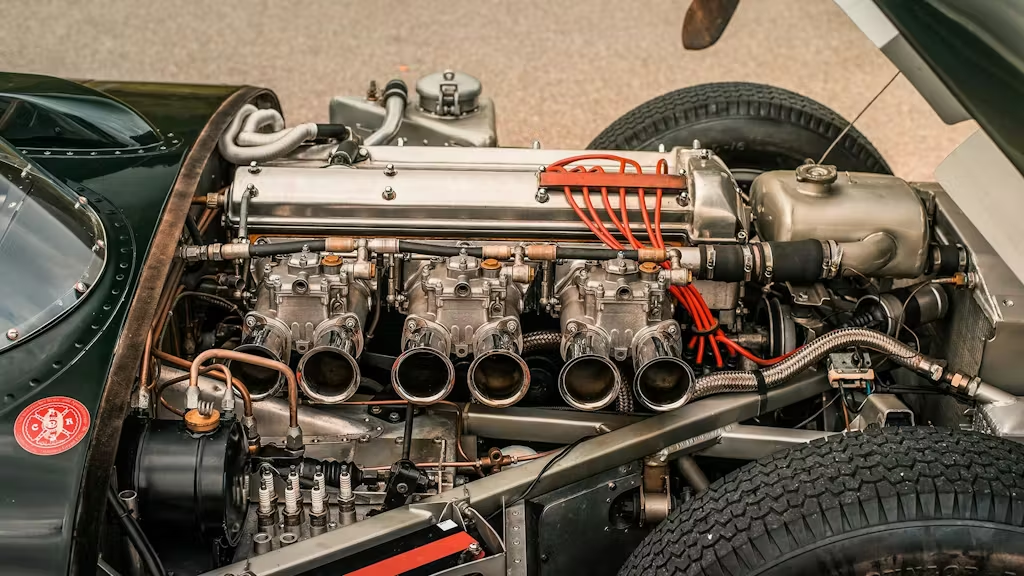
Worth noting is that early in his ownership, the consignor had the original 3.4-liter engine removed for safekeeping and replaced with a later 3.8-liter unit. In 2005, he had the 3.4 rebuilt by a specialist and then put back into storage. Only before the auction was it reinstalled, and the spare 3.8 was included with the sale. This was a well-loved car.
Racing is hard on a machine—even the ones that never crash. That XKD 551 escaped such fate has been a blessing. Sure, famous results by famous drivers add to a race car’s provenance and, inevitably, its value. Witness the $21.8M result achieved by the 1956 Le Mans winner, XKD 501, at Monterey in 2016. But there’s something to be said for rare cars that have lived relatively quiet lives and now come across as honest survivors. That’s the story of this D-Type, and the money paid here seems worth it.

Report by Stefan Lombard
find more news here.


